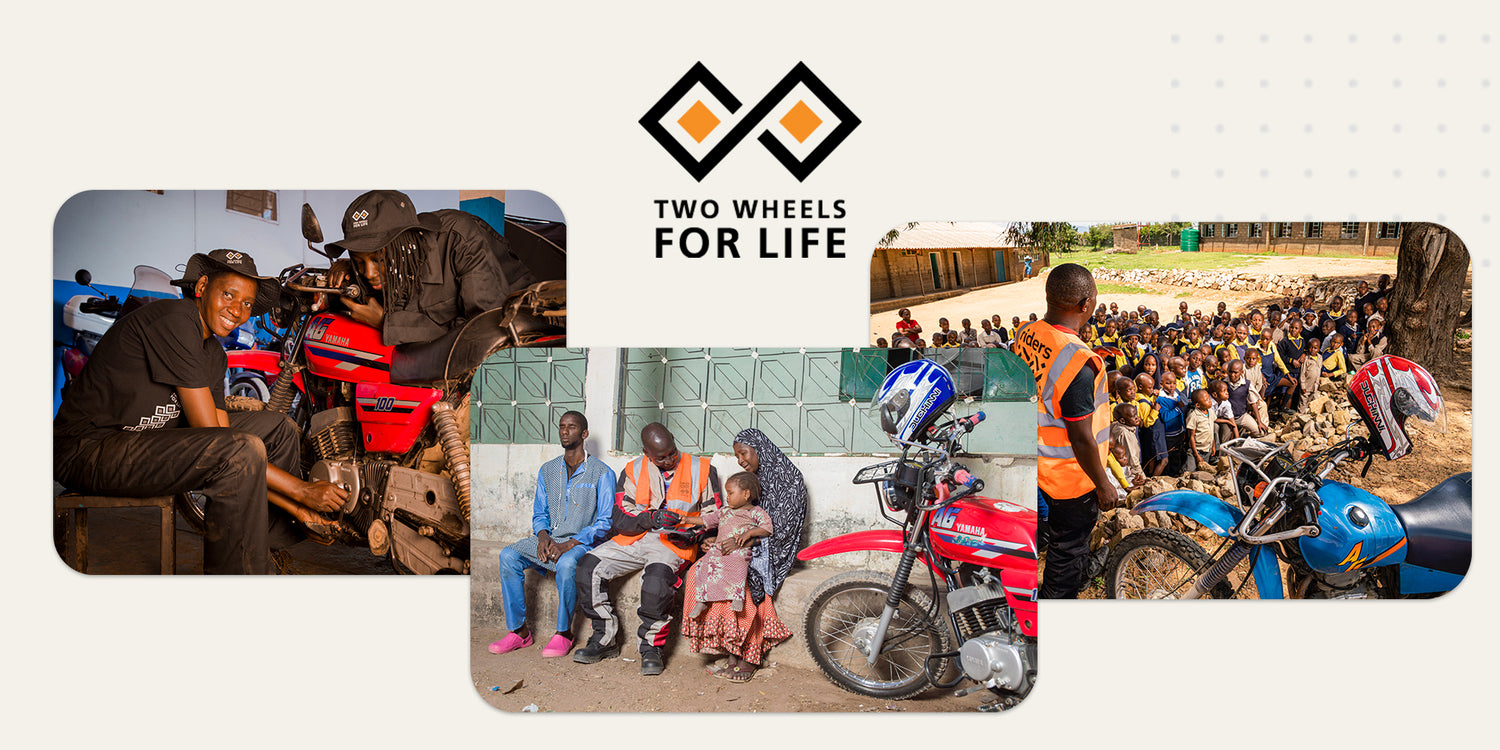Regardless of how often you cycle or how long for, a bike helmet is essential for keeping your head and brain protected in the event of an accident.
With that in mind, there are so many different types of bike helmet on the market that it can be hard to know which one to go for! Here we look at what you should be looking for in a new bike helmet and which type is right for you.
Features of a Bike Helmet
Despite all looking very different, the majority of bike helmets usually have the same features; a hard outer shell with ventilation holes, padding inside the helmet and an adjustable fitting system.
Hard Outer Shell
The hard shell of your bike helmet is the main element of protection against serious head injury i.e. the only thing standing between your skull and the floor. Most helmets are now made of shock-absorbing expanded polystyrene, which breaks upon impact, meaning you’ll have to buy yourself a new bike helmet if caught up in a collision but your head will most likely still be intact.
Ventilation
Different bike helmets offer different levels of ventilation but nearly all have it This is for the simple reason that you get hot and sweaty when you cycle and the ventilation allows your head to keep cool, making you more comfortable. As well as the noticeable holes in the bike helmet’s exterior, most helmets also contain internal ventilation to allow the hot air you generate to escape.
Padding
Padding’s main job is to give an extra level of comfort for the wearer but they also help ensure a more precise, snug fit. Most padding is made of breathable material that wicks away sweat from the head to help stop you overheating.
Adjustable Fitting System
The straps and fitting system of a bike helmet are one of the most important features as without a proper fit, the helmet won’t be able to protect you if you crash. We’ll talk more about this in a bit!
Fit
As we’ve just established, a poorly fitting bike helmet isn’t going to protect you, for this reason it’s vital that you get the right size helmet. There’s a few things you should bear in mind when trying on helmets to make sure it’s secure:
- The helmet should reach to at least the middle of your forehead at the front- no more than 2 inches above the eyebrows- and cover the majority of the back of the head.
- When you put the helmet on, even before attaching the straps, it shouldn’t wobble if you move your head around.
- The strap should fit closely to your chin, allowing no more than two fingers to fit between your chin and the strap.
- The straps should fit around your ears, forming a V.
It’s best to measure your head before starting to search for a helmet so you know where to begin. You can do this with a tape measure around the circumference of your head, making sure to measure just above your ears. If you haven’t had a bike helmet before and you seem to be in between helmet sizes, it’s best to go into a store to try the different sizes out rather than trying to guess and buy online.
Also take note of anything you’ll want to wear underneath your bike helmet such as hats, glasses and sunglasses, all of which will make a difference to how your helmet fits. For those who wear their hair up whilst cycling, this will similarly have an impact on the size of helmet you choose.
Which Bike Helmet for Which Type of Cycling?
While there are many similarities in how bike helmets are constructed, some helmets are specially designed to be better for certain types of cycling.
Road Cycling Bike Helmets
These normally weigh the least of all bike helmets and are designed with aerodynamics in mind to help the cyclist out-pedal their competitors. Road cycling helmets also have plenty of ventilation to counter the large amount of heat and sweat generated when racing.
Mountain Bike Helmets
Similar to road bike helmets, mountain bike helmets have less ventilation and more skull coverage to account for the risk of injury on the uneven terrain. Mountain bike helmets also often have extras such as a detachable visor to protect the eyes and shield them from mud, though riders will often opt to wear a full face helmet for ultimate protection.
Time Trial Bike Helmets
The focus on these bike helmets is all about speed, for this reason they are a little odd looking! With a rounded front, long pointy back and no ventilation holes, there’s something slightly extraterrestrial looking about time trial bike helmets. This is because they are designed to be aerodynamic and help the cyclist shave those vital milliseconds off their times.
Urban/Commuter Bike Helmets
The bike helmet for the average cyclist who enjoys casually cycling and commuting. These helmets offer more coverage around the head due to protect against possible collisions with cars and other vehicles. These helmets also come in a wide array of bright colours to give added visibility and some also boast lights and reflective elements to make sure the rider really stands out.
Bike Helmet Safety Features
At the end of the day the most important thing about a helmet is that it keeps you safe, for this reason there are a few non-negotiables when looking for one.
Firstly your helmet of choice should meet your government’s safety standards. In the UK and Europe this means being CE certified (CPSA in the USA; AS/NZS in Australia). This is the only way of knowing your bike helmet has been properly tested and meets all the necessary requirements to keep you safe in the event of an accident.
Another important thing to remember is to replace your helmet every five years and after an accident. Through wear and tear your helmet will lose its effectiveness over time so although it can seem like an annoyance, it needs to be replaced for your protection.
Finally, don’t assume that a hefty price tag means better protection. A bike helmet with a high cost is normally down to advanced technology having been used to create a lighter material or better ventilation. If this is what you’re looking for then the price tag will be worth it but if safety is your only aim then you don’t need to be spending big money.
Looking for more cycling tips, stories and inspiration? Take a look at the rest of our blog.





